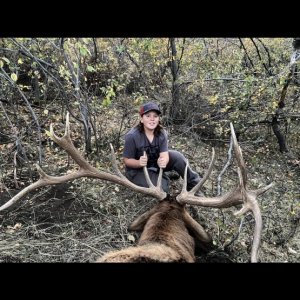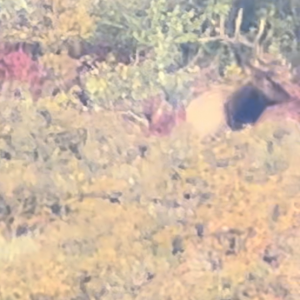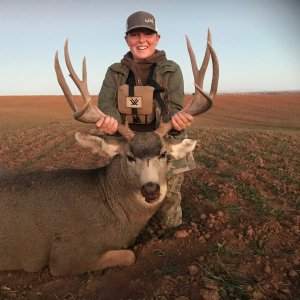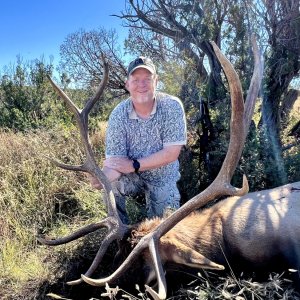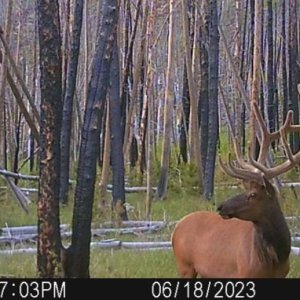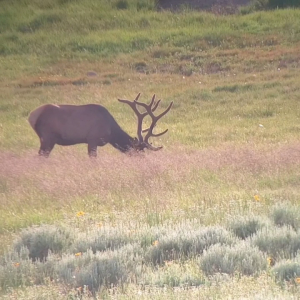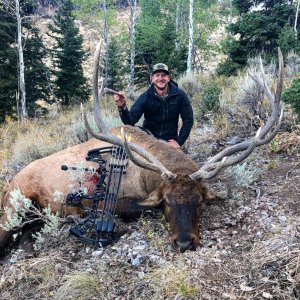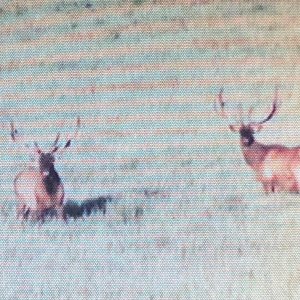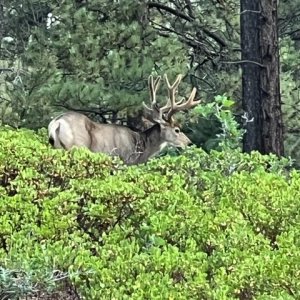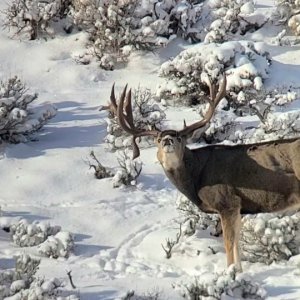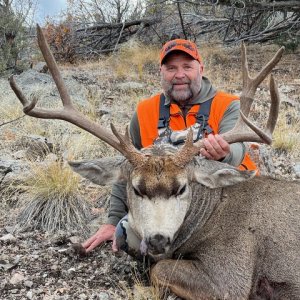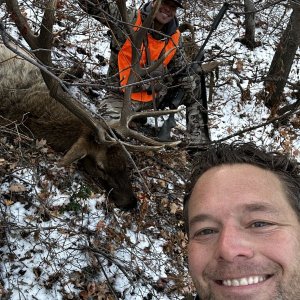Hey Fatty-Roo
I'll echo Monarch.
If you're just starting out (it think that's implied if you've ordered instructional videos) Do yourself a favor and spend the 35 bucks plus shipping to have the cape professionally tanned.
I've been there done that. I'm truly speaking from being in your exact shoes ten years ago, and I hope you see my comments for what they're worth.
I did the dry preserve, I'm telling you don't bother. I've try the wipe on tan-in-a-bottle type products, don't bother. I've tried the tan at home kits similar to the commercial tans only on a smaller scale, don't bother. I've tried every economical means of fleshing, besides dropping the cash on a commercial grade flesher, don't bother. Each scenario has a few pro and a lot of cons, don't bother.
Finally I just sent my capes, via the cheapest shipping possible, to a commercial tannery and have never looked back. I actually laugh at myself for ever thinking I was saving money, time and effort. Actually contrary to the tenth degree!
Granted I don't kick out the number of heads a commercial guy does. I'm mainly only do my own and a few family/close friends anymore.
You will find a shorter learning curve, more satisfaction, and better results by having your capes professionally tanned, while in the end REALLY saving you time and money. It may not appear that way, but from experience, believe me it does!
Hope this helps, not trying to discourage you from trying different methods, only trying to save you some of the frustrations I've lived through and learned from. Drop me a line anytime if you need more info or any other questions answered. It's very rewarding to do you own work, that's something else I'd recommend, continue to pursue it.
I know you're out in Elko or somewhere, it think? Not to far to the east in Tooele is Western Skies Tannery, give them a shot. I've yet to try them but have done my due diligence on them and will be sending my next batch there.
http://www.westernskiestannery.com/
